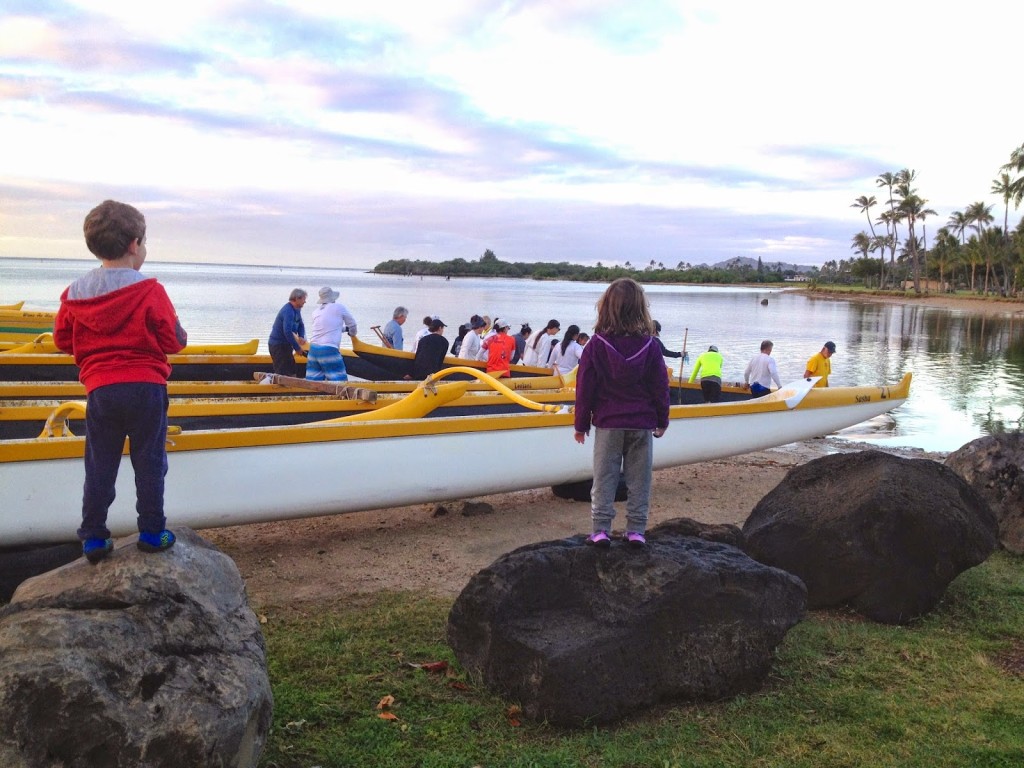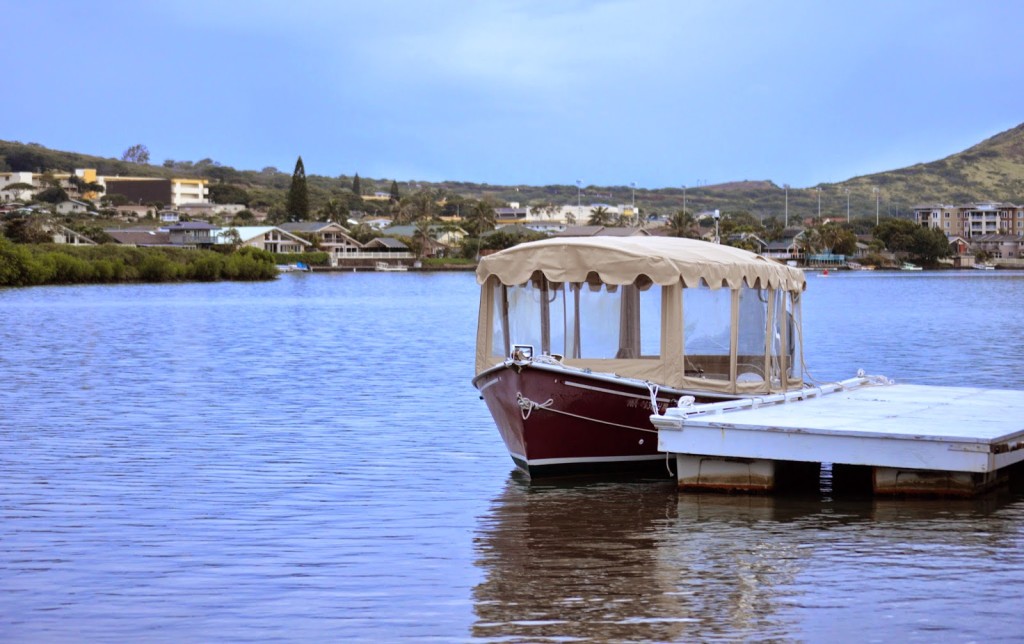This is the beginning of a series of posts on research for writers. Some writers do a large amount of location research before they start a project, some do research as they go along, others of us may pick up bits and pieces like crazed crows gathering up every little shiny object or fact that catches our eye, add a little ADHD to the mix and location research can become overwhelming.
I fall in to the crazed crow category, and have talked about how I have organized my bits and pieces and ideas using flat files here , and how to make the most of collecting ideas when traveling here. I wrote about how to know when to stop researching and start writing here.
Here are ten tips for being productive when you research locations for your non-fiction, creative non-fiction, novel, short story, screenplay or other creative writing project.
1. Location research does not have to be long distance. Google Earth has put much of the world just a mouse click or finger swipe away. If you are setting your story in a real place, even if the characters are fictional, readers will take you to task if you are mistaken in your geography.
2. Travel guides are your friends. If you are able to visit a location, take advantage of travel guidebooks. Most libraries carry travel guidebooks. Lonely Planet travel guides are my favorite and no they don’t pay me to say that. If you are not able to travel to the location, a guidebook is helpful for researching your setting. If your work is not contemporary, library sales are an excellent way to find out of print/ older guidebooks and old maps for getting the scenes right.
3. If you are going to travel, plan before you go. Plan, plan, and plan again. I work from a thick outline, and make notes to myself in the margins about research, that needs to be completed for the story. Using my notes, I create a list of places to visit, things to experience, and people I would like to interview.
4. Borrowing from the film and photography industry make a shot list. For photographers and film makers a shot list is a list of photographs to take or scenes to film. I use photos for much of my research because I am a visual organizer. If you are not into taking photos this is simple a list of places or events you want to visit or observe. Some writers sketch locations if photographs are inappropriate for the location or event.
5. Local guides can be invaluable if you have limited time. Members of historical societies, hiking groups, amateur photography clubs, and/or friends of friends can be more than willing to answer questions, point out the best places for photos, accompany you to events, or provide history and details that only locals know. Be respectful of their time, offer to pay for fuel or food or both if they take you on a tour that involves motorized transportation. A thank you card is always appreciated.
6. Be respectful of local culture. Dress appropriately, this is another instance where local guides can be helpful. People should never be treated like animals in the zoo. Always ask permission if you wish to photograph people, and respect their answer if it is no. Most people will answer polite questions. If they ask why you want to know, be truthful. Many people will be happy to answer respectfully presented questions, and if not, move on.
7. Journal your experiences, even if you don’t normally keep a journal. Find a way to record your impressions, feelings, tastes, sounds, and what you see. All of this can be used, if not for a current project for a later one.
9. Push your limits, try new things, but be safe. Pay attention to your surroundings. Leave an itinerary if you are traveling alone. Listen to your gut, if something does not feel right if most likely is not safe.
10. Travel light, keep your gear simple, and have a back up plan if the location/event you planned to visit is not available.
Don’t be afraid of location research, use these tips, make your trip productive and most of all have fun.


